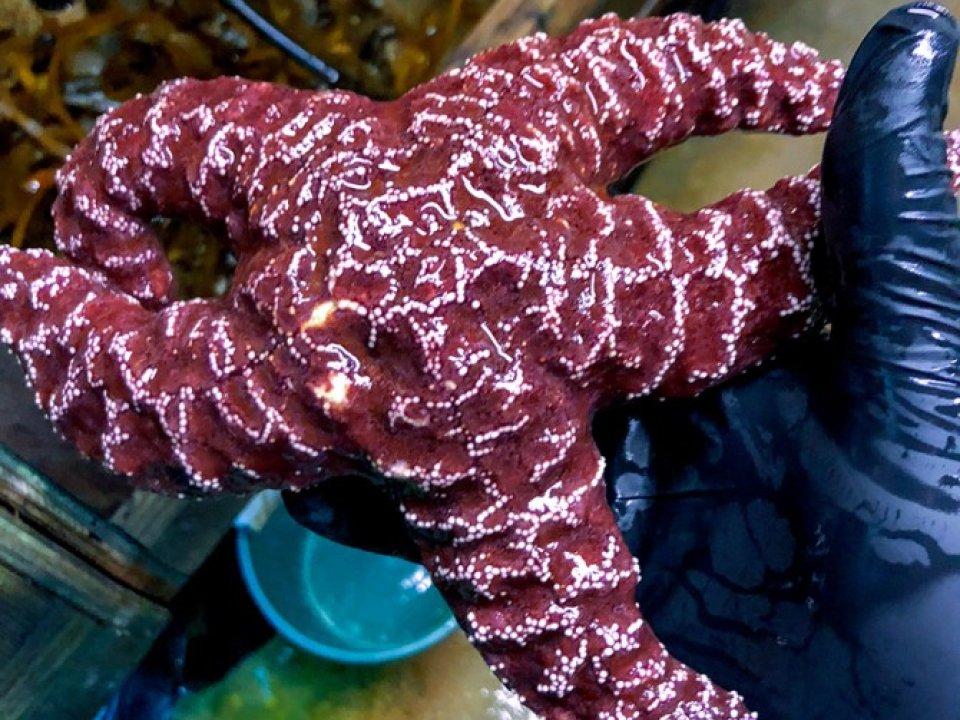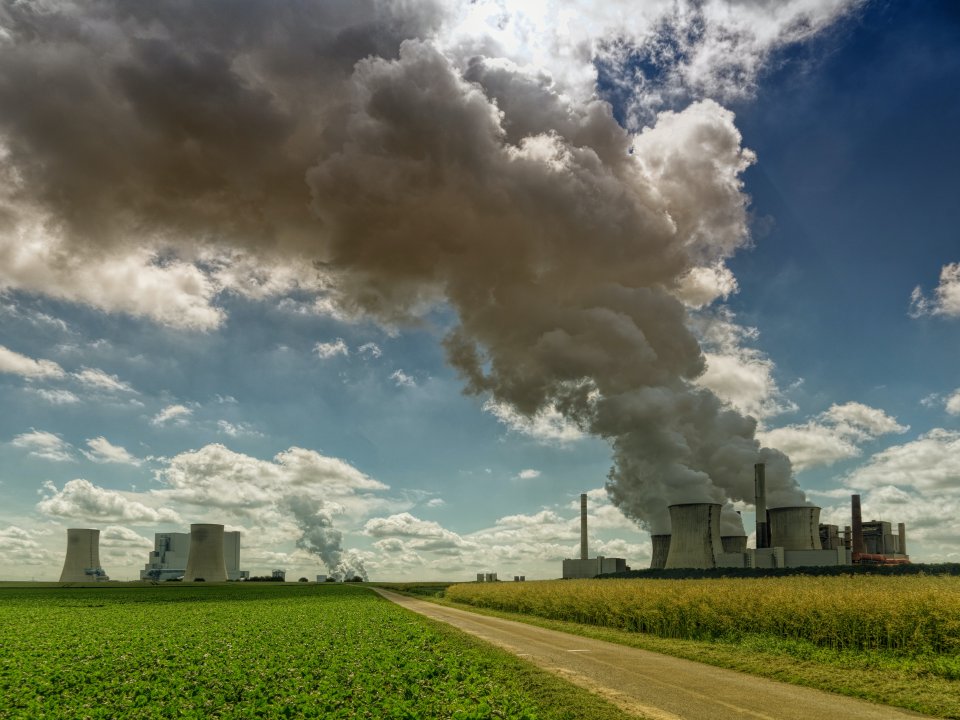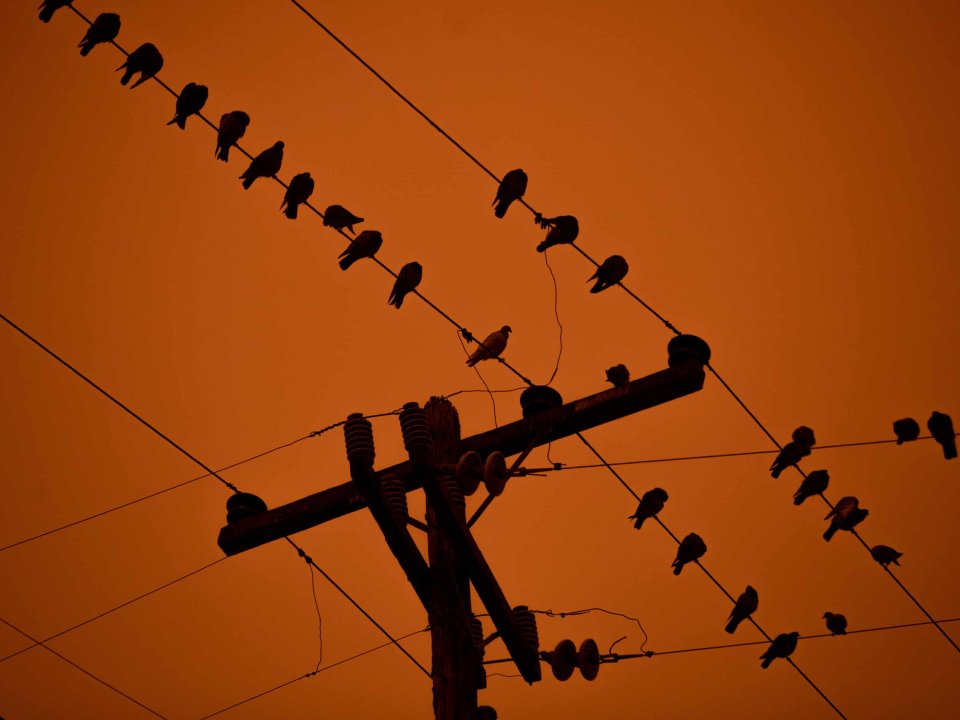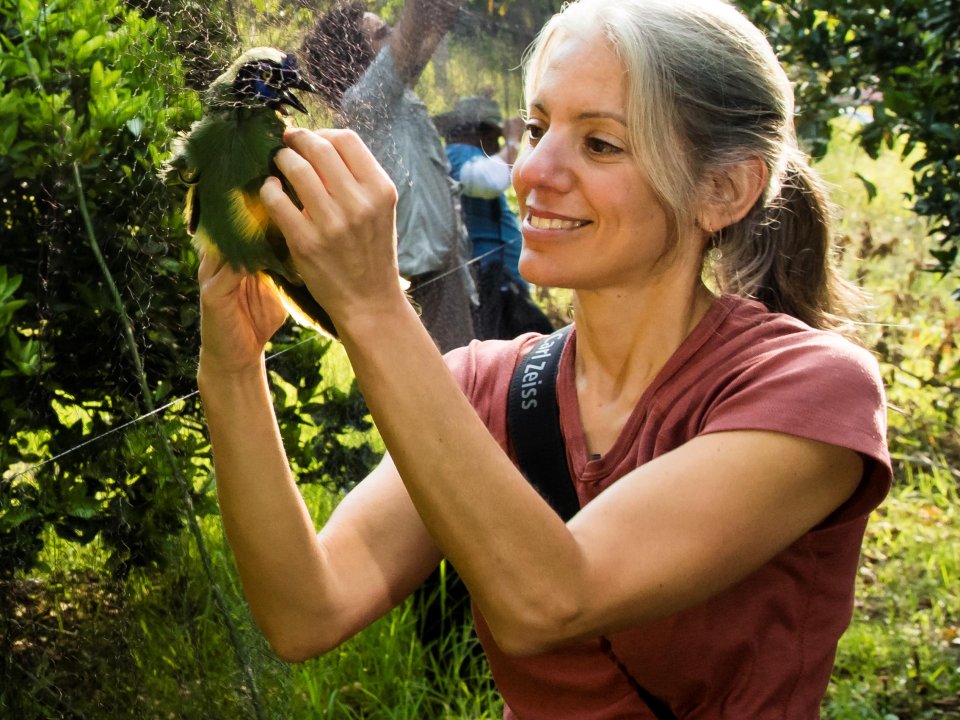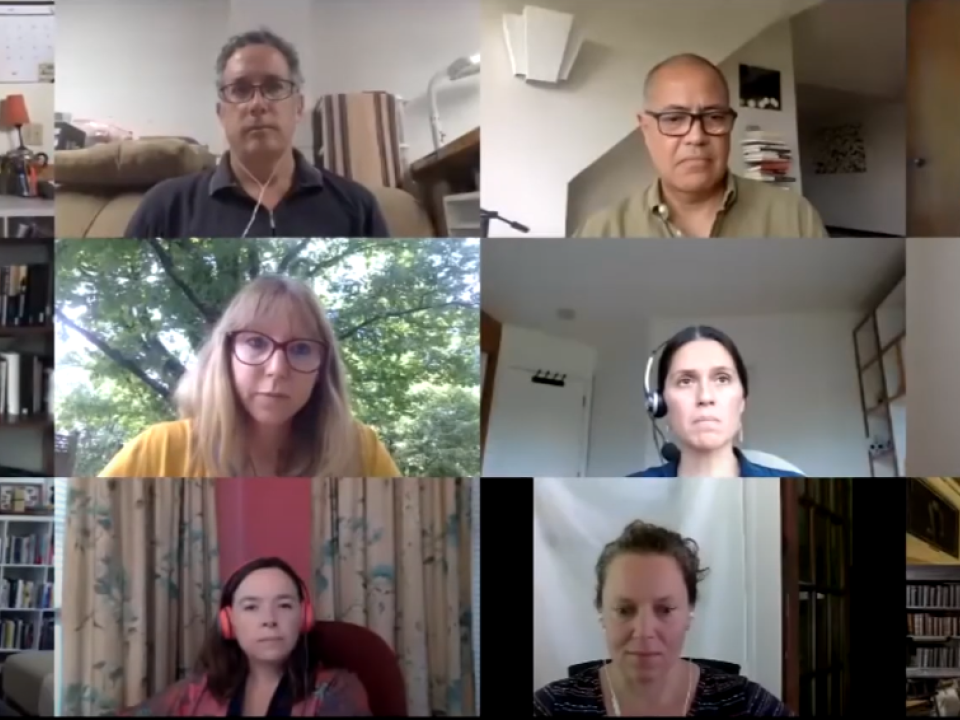News
“As humans, we breathe, we ventilate, we bring air into our lungs and we exhale,” said Ian Hewson, professor of microbiology in the College of Agriculture and Life Sciences. “Sea stars diffuse oxygen over their outer surface through little structures called papulae, or skin gills. If there is not enough oxygen surrounding the papulae, the starfish can’t breathe.”
Amanda Rodewald, professor and senior director of conservation science at the Cornell Lab of Ornithology, writes this opinion piece about the Trump administration’s missed opportunity to protect the air.
Emily McGrath ’22 and Dea Fackovic Volcanjk ’23 spent part of their summer giving Cornell migrations researchers a leg up this fall semester. The undergraduates evaluated media and scholarly conversations that have helped shape the trajectory of the climate migration project, Megacity Migration: Social-ecological Impacts of Relocating Indonesia’s Capital City to a Global Biocultural Hotspot.
Researchers at the Cornell Lab of Ornithology found evidence that suggests many species of birds follow green vegetation when they migrate. If birds use the vegetation to guide migration, climate change that impacts plants could also affect birds’ migratory patterns.
Wildfires across California, Oregon, and Washington have forced birds to rush their migration, resulting in high rates of bird death.
Apps like the Cornell Lab of Ornithology's eBird are using citizen awareness to bring data about these birds to scientists. “There are many more citizen scientists distributed in diverse arrays than there are professional scientists or wildlife rehabilitators,” said Andrew Farnsworth, a senior research associate at Cornell Lab of Ornithology, the institute that runs eBird, a popular app for logging bird sightings.
“The power of eyes in many places is huge.”
Ecologists Aaron Rice and Amanda Rodewald are working with Migrations to understand how human impacts and activities affect animals and the ecosystems we all share.
Weekly public lectures are part of a new interdisciplinary course, Migrations: A Global, Interdisciplinary, Multispecies Examination, where migrations are approached as multispecies phenomena emerging from dynamic socioecological systems. Join us on Wednesdays at 3 p.m.
The Lab of Ornithology is mentioned throughout this piece related to a migration forecast map it and Colorado State University released showing a high intensity of migration. The article also mentions a report out of the lab finding a high number of migratory birds pass through Chicago, which generates high amounts of light pollution that could throw birds off course.
Our world is increasingly in motion. In a new interdisciplinary course, "Migrations: A Global, Interdisciplinary, Multispecies Examination" (DSOC 4940), we approach migrations as multispecies phenomena emerging from dynamic socioecological systems.
The number of lianas is increasing in tropical forests relative to trees, and their overabundance can hamper a forest’s ability to store carbon, so botanists are eager to learn more. “We understand a lot about their ecology, but we don’t understand how these diverse and strange wood forms evolved,” says Joyce Chery, assistant research professor.

